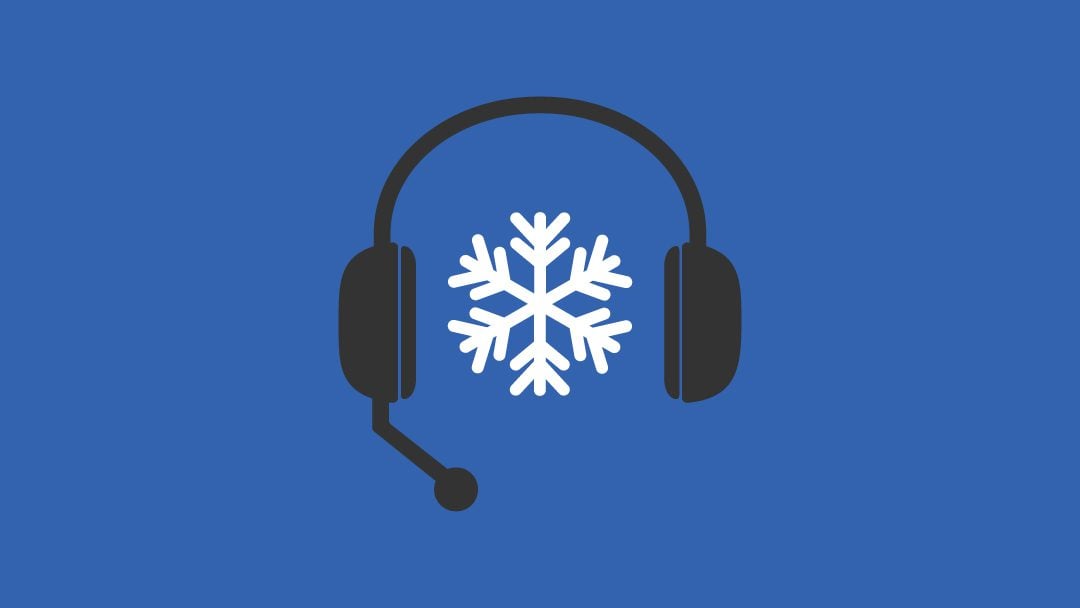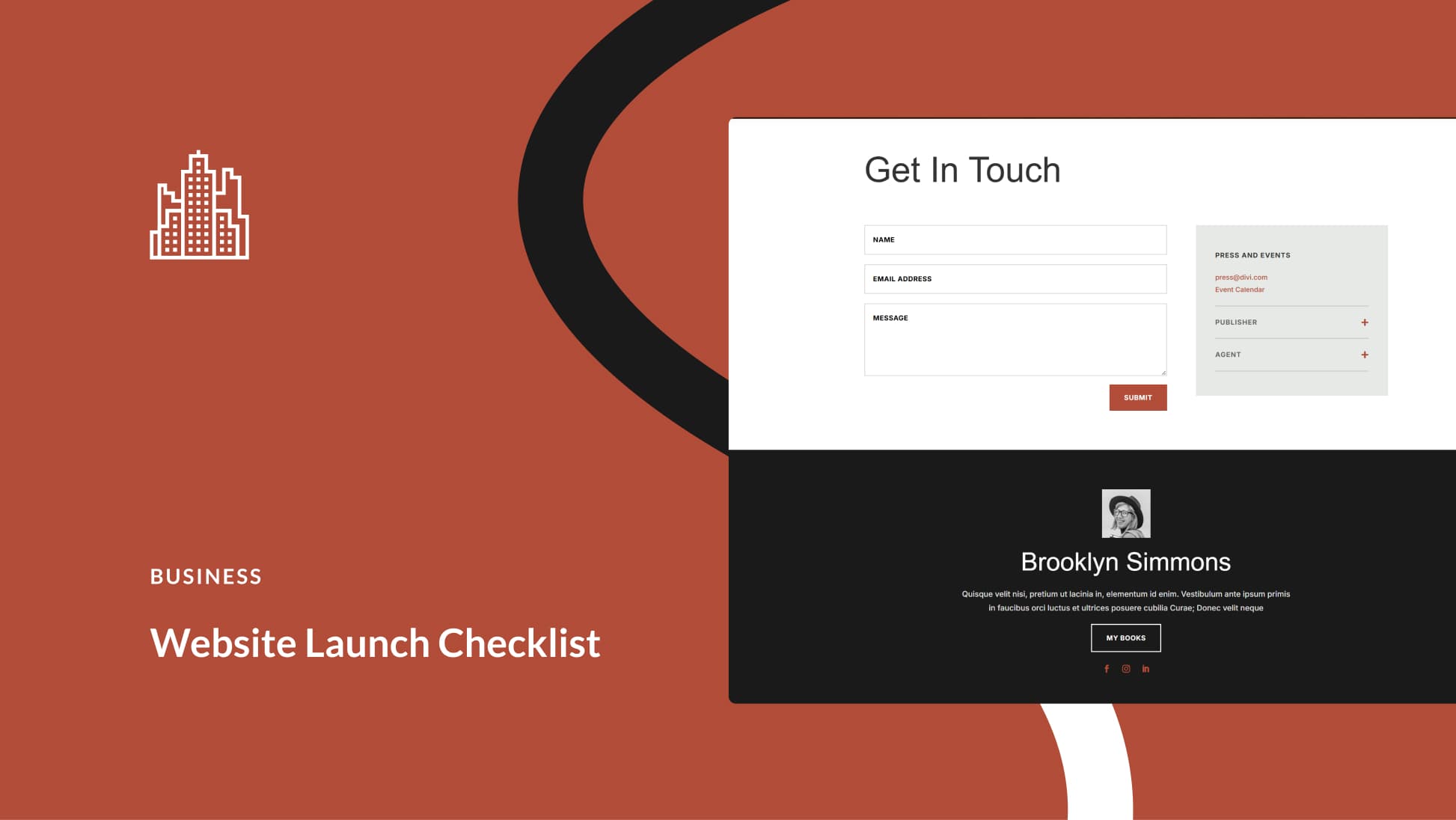Cold calls and emails are directed at potential customers who have not expressed interest in you. They may be in the same industry as your other core clients and they may even be actively looking for what you offer, but they don’t know you and didn’t expect to be contacted by you. You’ve never been in contact before. You’re strangers to one another.
Now, you have to connect with this person and give them a sales pitch (if they’ll listen in the first place), try to win them over and secure their business or their interest. It’s a tall order, and it doesn’t work a lot of the time. But when it does work, it can pay off, now and down the line.
Cold emailing is intimidating, but cold calling – having to talk to the other person live – is enough to induce a panic attack in some. Freelancers often have to make some type of cold contact, and what’s even more threatening is that the freelancer doesn’t have any backup – there’s no intern to get the call started or boss to help out if someone gets upset. But by being methodical and including cold outreach in your business plan, you can get as much traction out of it as possible.
- 1 Find people to contact
- 2 Research your cold contacts
- 3 Write a calling script and an email template
- 4 Use your script or template for research
- 5 Read your cold calling script like an actor
- 6 Let the conversation guide you
- 7 Limit the number of cold calls you make or emails you send
- 8 Prepare to be rejected
- 9 Turn a “no” into a learning experience
- 10 Wrapping Up
Find people to contact
By creating a targeted list of people you’ll contact, you’ll avoid wasting your time and theirs. You don’t want to call a random 800 number if who you need to talk to is the head of marketing; you don’t want to get an intern on the phone if you need someone specific. Reaching out to the wrong people hurts you in the end and makes your failure rate higher than it has to be.
Only you know your business and your customers. Luckily, it’s incredibly easy to find contact information nowadays. Googling “[name] [company] email address” (or phone number) can help you find a direct line to the individual. If you have the option of working with people who are located anywhere, you can opt to stay local or branch out. Saying you’re from the area can catch the attention of local cold contacts, but broadening your reach keeps you from pigeonholing yourself into a location-based freelancer.
Your target cold contacts should share traits with your best customers. When assessing a company, consider the industry, size, location and the technologies they use or would find beneficial. When assessing an individual, consider their title and job responsibilities, the tools they use, who they report to and who they’re in charge of.
Research your cold contacts
Aside from the individual’s name, title and company, dig a little deeper to find out more about them, like what they do day-to-day at work. Figure out if you’ve worked with any companies or professionals similar to them so you can discuss that specific experience and use it as an example. It also pays to find out a personal fact about them – something they’ve posted publicly on social media, like a vacation they just took or an article they re-Tweeted.
Write a calling script and an email template
Cold calling and cold emailing are two different animals. Write your cold calling script first, then adapt it for email. Here’s how to get started with a script:
- Introduce yourself by clearly and deliberately saying your name, title and company. Don’t mumble. Invest in this and sound energetic. If you say “Hi, I’m Lindsay, marketing manager at Company X” in a monotone voice, who would want to listen to more?
- Pause. People fill in silence – the person on the other end of the phone will process what you said and try to figure out if they know you or your company.
- Ask an open-ended question. “I saw on your LinkedIn that you’ve been with Company X for 10 years. How’d you get started there?” People love talking about themselves.
- After they respond, comment on what they just said. “That’s great, I love that backstory. Would you recommend this career path? My niece is interested in the same field.”
- Get on track about why you called. Sometimes, the other person will push you with, “Okay, so why are you calling?” You have permission to laugh at this – it’ll lighten the mood and show that you’re self-aware.
- Recite your positioning statement. A positioning statement is about them, not you. It appeals to their challenges. “I work with small brands that have a local customer base. My clients are usually looking to improve their social media campaigns but have a limited budget. Does that sound like you?” You’ve prequalified the person you’re calling, so you already know that the answer to this is probably going to be “yes.”
- Get them talking by saying, “Tell me more about it.” As the contact tells you their goals and pain points, write down notes so that you can address them.
Turn the script into a template
Since there isn’t as much back-and-forth over email, a cold email template adapted from this script could look something like this:
Hi [Name],
I’m Lindsay, content manager over at Company X. I saw on your LinkedIn that you just got a promotion – congratulations! I’d love to hear how you’ve achieved so much in such a competitive field. What’s your secret?
I work with small brands that have a local customer base. My clients are usually looking to reach more customers through social media, but they have a limited budget. Does that sound like you?
If you’ve been feeling [pain point] or worried about [pain point] and you’re wondering how to [goal], let’s talk some more. Consultations are free and there’s no pressure to work together afterward – simply talking to people in your industry helps me do my job better.
Looking forward to chatting with you!
[Signature]
Use your script or template for research
For cold calling, stick to your script for 15 calls. During those calls, jot down where the call gets off track. Where are you getting stuck? Where does the other person start interrupting? Does everyone have the same question or turn you down at a certain point? Revise that part of the script, then make 15 more calls. Rinse, repeat.
When emailing, you can use a template that you customize each time you send it out. It’ll be more challenging to figure out where you’re losing people, though. To hone in on the problem areas, track open and click rates. The open rate will tell you if your subject line is doing its job. The click rate will tell you (a) what’s actionable and interesting enough and (b) how far down people are getting in your email. Also, pay attention to what people comment on and what they ignore. You’ll form a sense of what information is getting lost.
Write alternative versions of your script and template, mainly for conversations that become lengthy. For cold calling, write down responses to common objections so that you can reply even if you’re caught off guard. For emails, create a series of templates with common follow-up topics, like discussing your rates or other “fine print” details.
Read your cold calling script like an actor
Don’t read from your script like a robot or a child learning to read in school. You know your script – you wrote it and you’ve been over it a lot. Read it like an actor who is so familiar with his lines, so invested in the character he’s playing, that it comes across as believable and natural. Even if you’re not a born salesperson, you can teach yourself to play the role of the salesperson.
Memorize your intro and your value proposition. You’ll be able to rattle it off without looking at your script. Also, you’ll have your elevator pitch down pat in case you happen to meet someone you want to pitch when you’re out in the real world.
Let the conversation guide you
If your opener catches their attention, it’s time to learn more about them by asking open-ended questions. While the go-to questions you ask will be part of your script, you have to listen to the responses so that the conversation can unwind in a natural way – which means you’ll probably end up off-script or jumping around to other questions. This is much more difficult over the phone than email because you have to think on your feet.
Here’s the thing: you know your job. You’re a pro at this. All of the information you need, you already have. You know how to talk about what you do. Plus, the more cold calls you make, the easier it becomes.
Limit the number of cold calls you make or emails you send
If you try to hit a high number of cold outreaches daily, you’re not going to have the time or energy to custom-fit your pitch to each person. Today may not be the day to cold call or email. If you’re tired, emotional or angry, that’ll come through your words and tone. Be honest with yourself about the energy you can put forward. Fewer cold calls or emails of quality are better than numerous ones that don’t get results.
Prepare to be rejected
You will be rejected. A lot. A whole lot. Successful salespeople aren’t just skilled at closing a deal, they’re also adept at being rejected, bouncing back and moving along. If someone is closing 100% of their prospects, there’s some kind of blackmail going on.
Rejection becomes more comfortable when you realize how many other people have gone through it, and also when you go through it a lot yourself. It’s like exposure therapy. The more you’re faced with rejection, the less of a big, scary monster it is. Share rejection stories with your contacts, learn from the criticism and move past it.
Turn a “no” into a learning experience
If the contact is nice about their “no,” the door is open to ask why they’re not interested. They may never be a customer, but politely questioning them could help you gain insight into your customers. Maybe you’re not clarifying something about your pitch or you’re not offering something they want or need. You could have your audience profile wrong. Explain that you’re asking for your own knowledge, not so you can refute what they say. Nobody likes feeling manipulated.
Wrapping Up
Cold calling and emailing are scary. Lots of things in life are scary, though. The ocean is scary. First dates, they’re scary. Starting a new job, moving to a strange city, going to a horror movie by yourself. All scary.
But here’s the most important question: so what? Are you a person who can’t handle scary? Someone whose day will be ruined if you get hung up on? You didn’t start a freelance career without tough skin; you didn’t get to where you are without disappointments along the way. You’ll be fine. It’s just a person on the other end, and the worst they can do is reject you. There will be plenty more who don’t.
Cold outreach isn’t a skill that can be picked up in a day. Your cold calling and emailing education will continue for as long as you’re in business. Consider the act of doing it the best, ever-evolving learning experience you’ll get.
Being a freelancer means that marketing and sales are a big part of your business plan. Check out my article “Don’t Be Mean” and 6 Other Golden Rules of Marketing.
Featured Image via Blabio101 / shutterstock.com









Cold calling? Forget it. Sorry. That chapter of marketing is over.
Cold emailing? Liable to considered spam and blocked or filtered out and often to me it comes across as desperate.
I spent 20 – 25 years in outside sales doing cold calling nearly everyday. I can confidently say, it’s less effective now than when I started doing it years ago no matter the technique used. The reason is simple. People don’t want to be marketed to that way, now more than ever.
If a business needs leads, search and solid content on the website are the now the basics. Good SEO, solid PPC and content that shows your business solves your customers’ problems are mandatory. So many business decisions now start with a search. That is how a business attracts new customers now and there is just no way around that.
Thanks for your comment! I’ve had massive luck with cold e-mailing, as have many other freelancers and contractors, but I’m sure everyone has their own experience with it and preference for how to be contacted.
Great cold-calling recommendations Lindsay. Not everyone has the personality to handle rejection. You may discover algorythem between the number “yes” and “no” responses and response rate. You will get around a 2% response. That is 2 yes’s out of every 100 calls made. One thought that should keep you going and not getting discouraged is to say to yourself every “no” gets me closer to a “yes”. When you get that first “yes” it makes it all worth the time spent. Another point is calling on businesses is a full-time job that smaller agencies do not have the luxury of budgeting for. You have to put time aside every week in good and bad times. People tend to get busy and start making cold calls when they have finished a few big jobs and have nothing else in the pipeline. Getting new business is like filling a bucket of water with a hole in the bottom of it. You have to constantly keep filling it to maintain a certain level of business in this feast or famine business.
Hey Dennis – Thanks so much for your comment, and I agree with everything you said! I especially love the “bucket of water” analogy – so true, and something many businesses and solopreneurs don’t realize early enough.
Excellent article, I have had a little experience with cold calling. However, when it comes to cold emailing I had produced wonderful results not just for my clients but for my own company. Yes, people often fail in making a constant- an ongoing strategy for using cold calling or emailing to reach to their new possible clients. Cold calling and cold emailing are for those super successful people who never get tired by rejection.
Thanks for your comment! I totally agree. I’ve had great luck with cold emailing, but it’s definitely not for everyone – rejection is par for the course, and you have to constantly be reaching out in order to keep a steady flow of business.
Great article but, But many people take it as spam be it call or e-mail. becoz in the age of the mobile revolution nobody will be convinced by a cold calling or hot mail. Instead, he or she will search the internet to convince himself about a particular product or service.
But still, it has relevance in a few sectors.
Thanks for your comment! I’ve had great luck with cold emailing, and there are a number of ways to keep it out of the spam box and raise the open rate. This article has some helpful tips: https://www.elegantthemes.com/blog/marketing/spam-words-to-avoid-in-email-marketing#respond